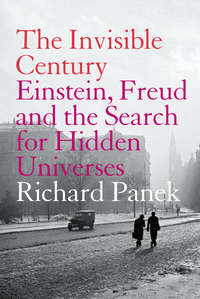Buch lesen: "The Invisible Century: Einstein, Freud and the Search for Hidden Universes"
Etwas ist schiefgelaufen, versuchen Sie es später noch einmal
€1,64
Genres und Tags
Altersbeschränkung:
0+Veröffentlichungsdatum auf Litres:
17 Mai 2019Umfang:
281 S. 2 IllustrationenISBN:
9780007503810Rechteinhaber:
HarperCollins